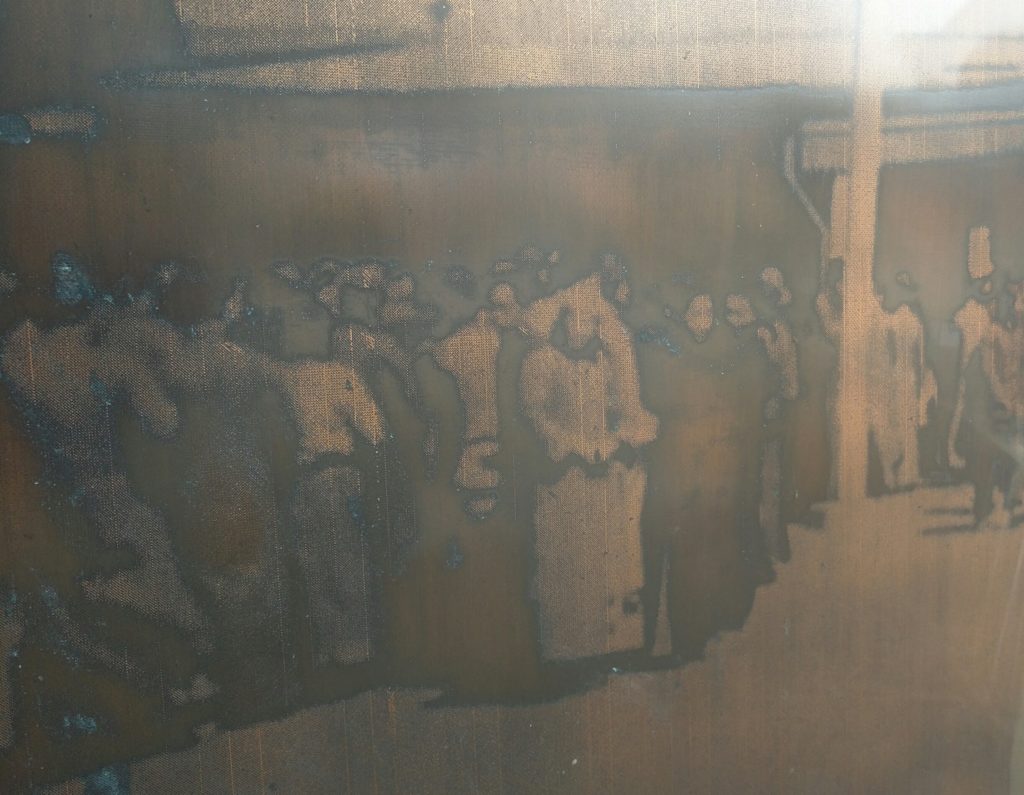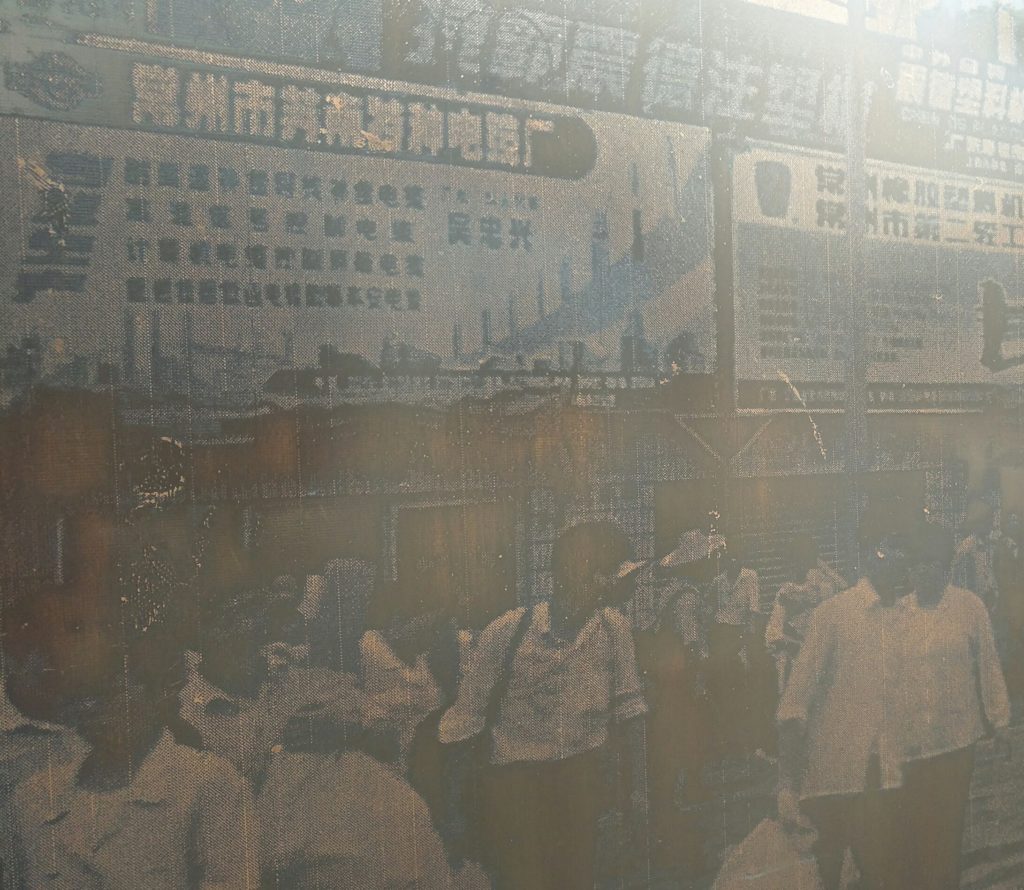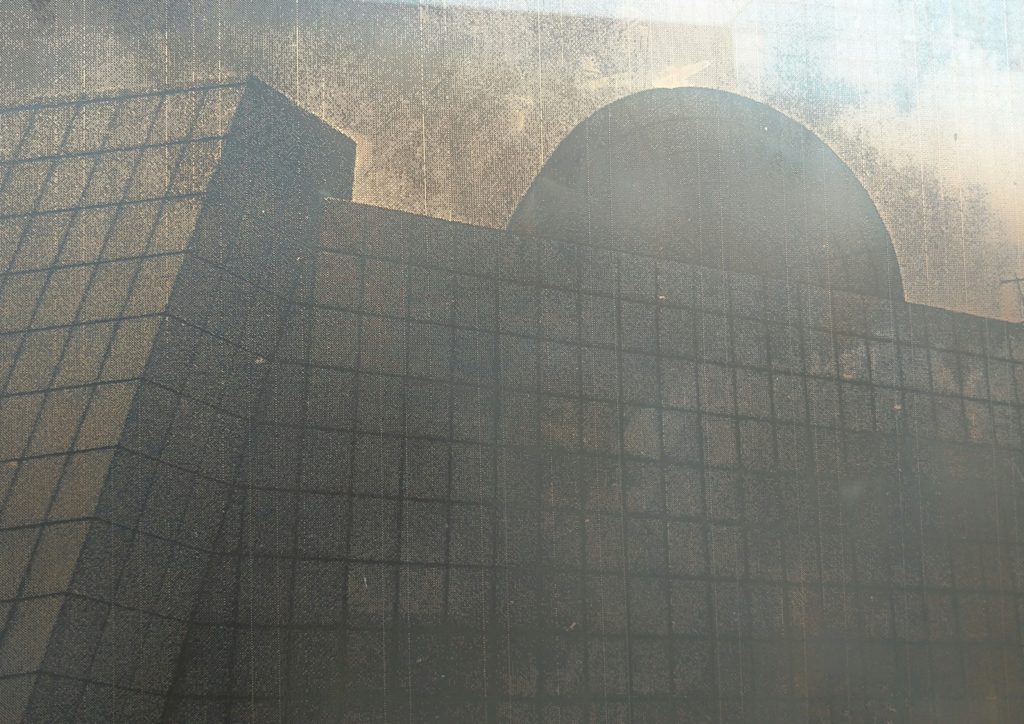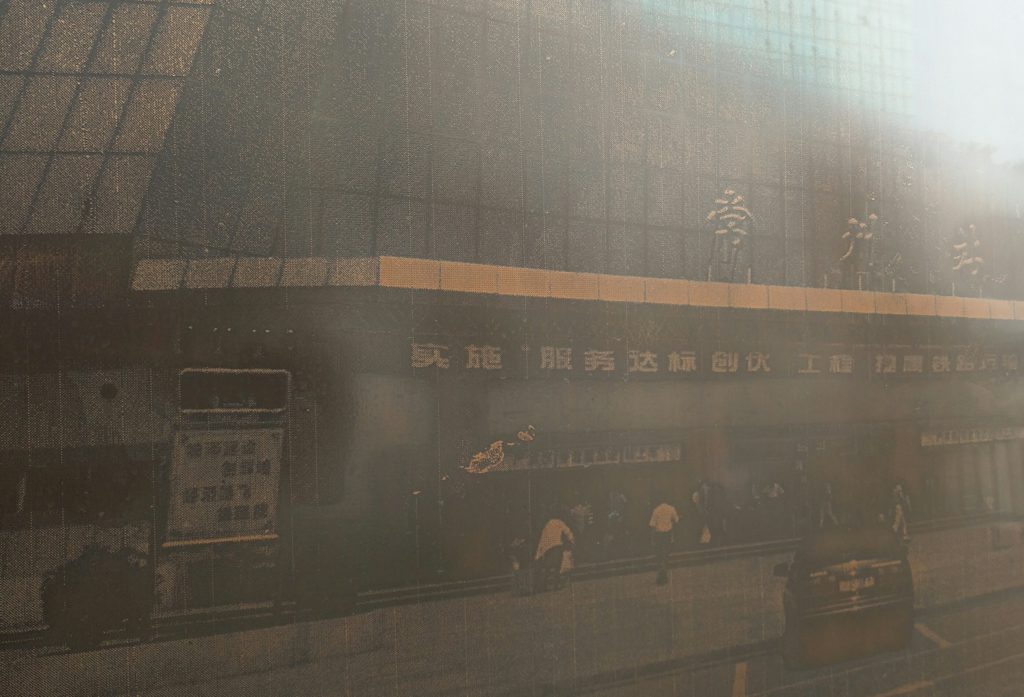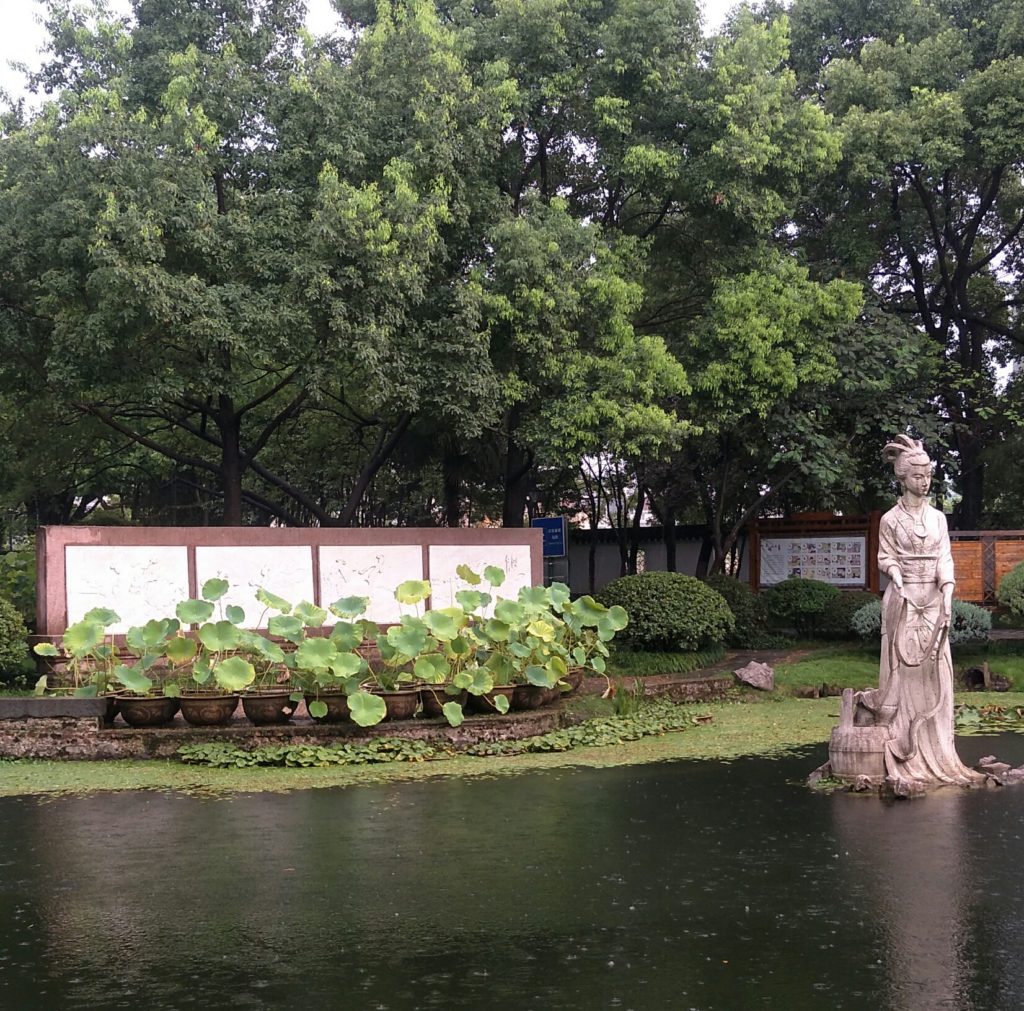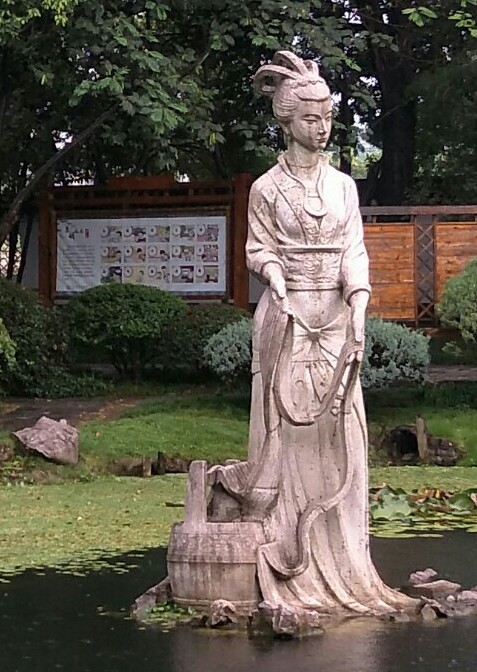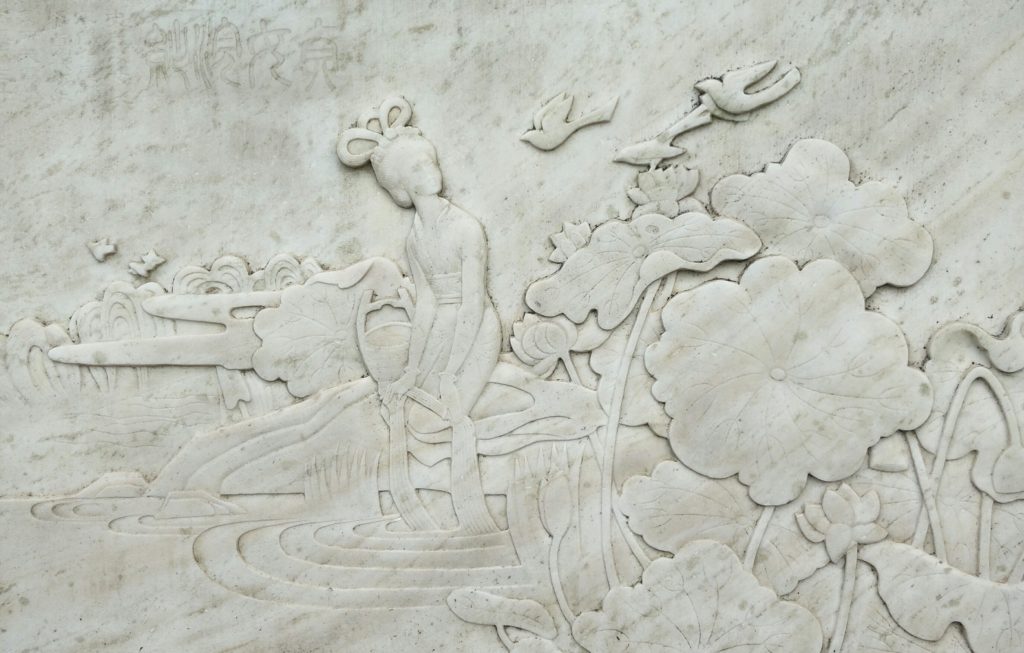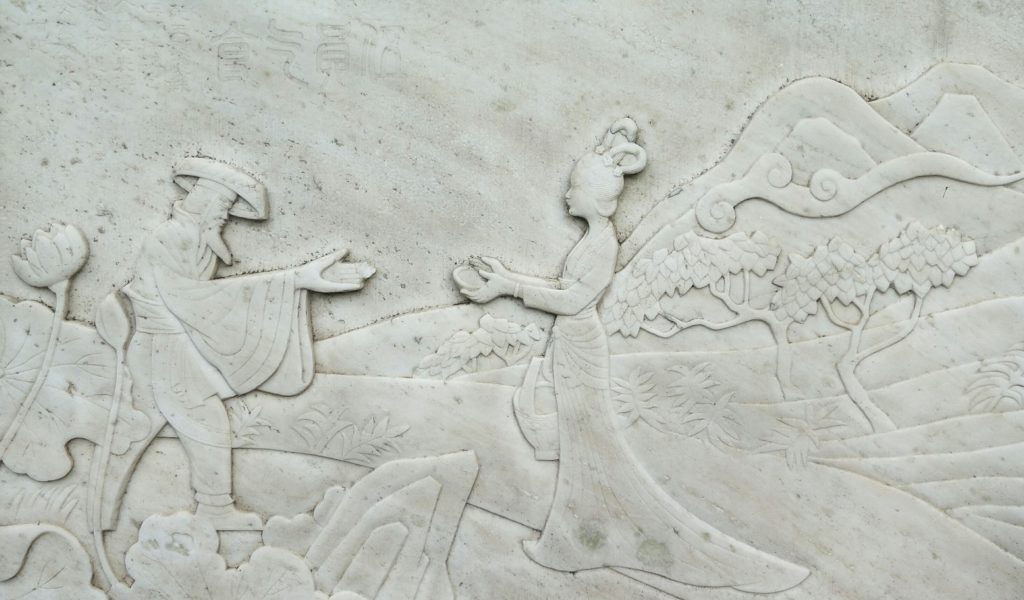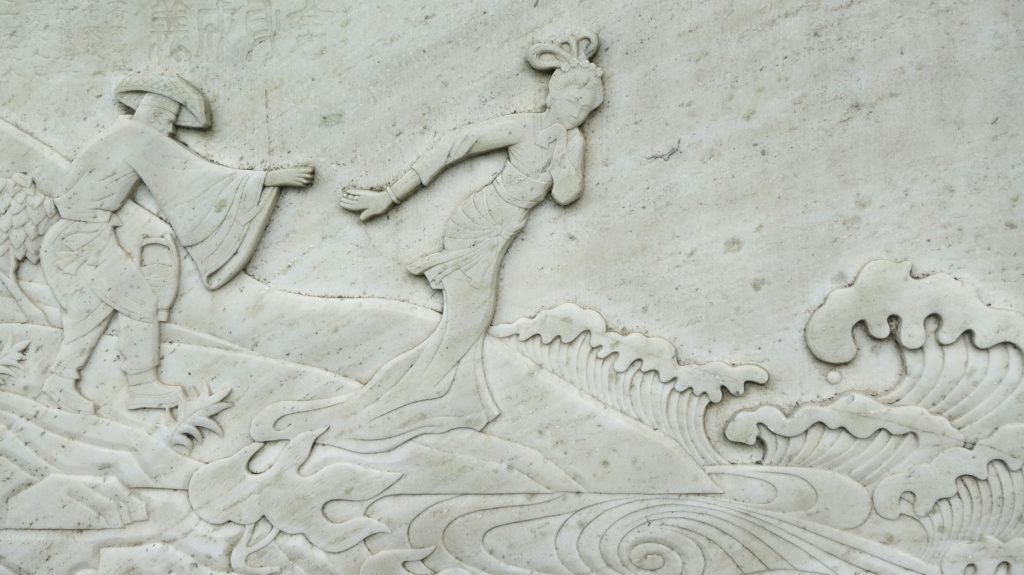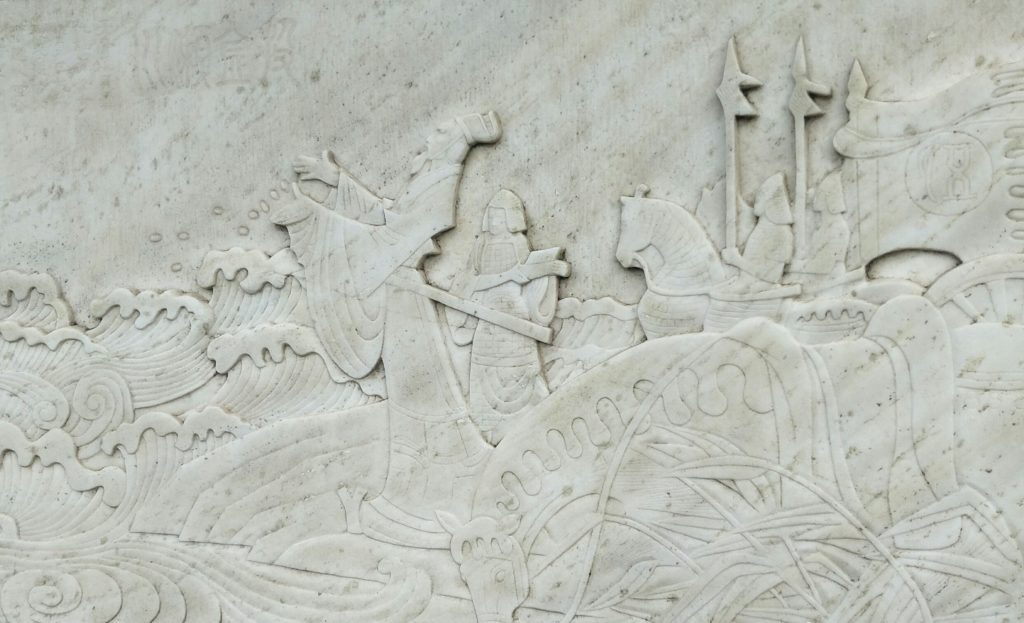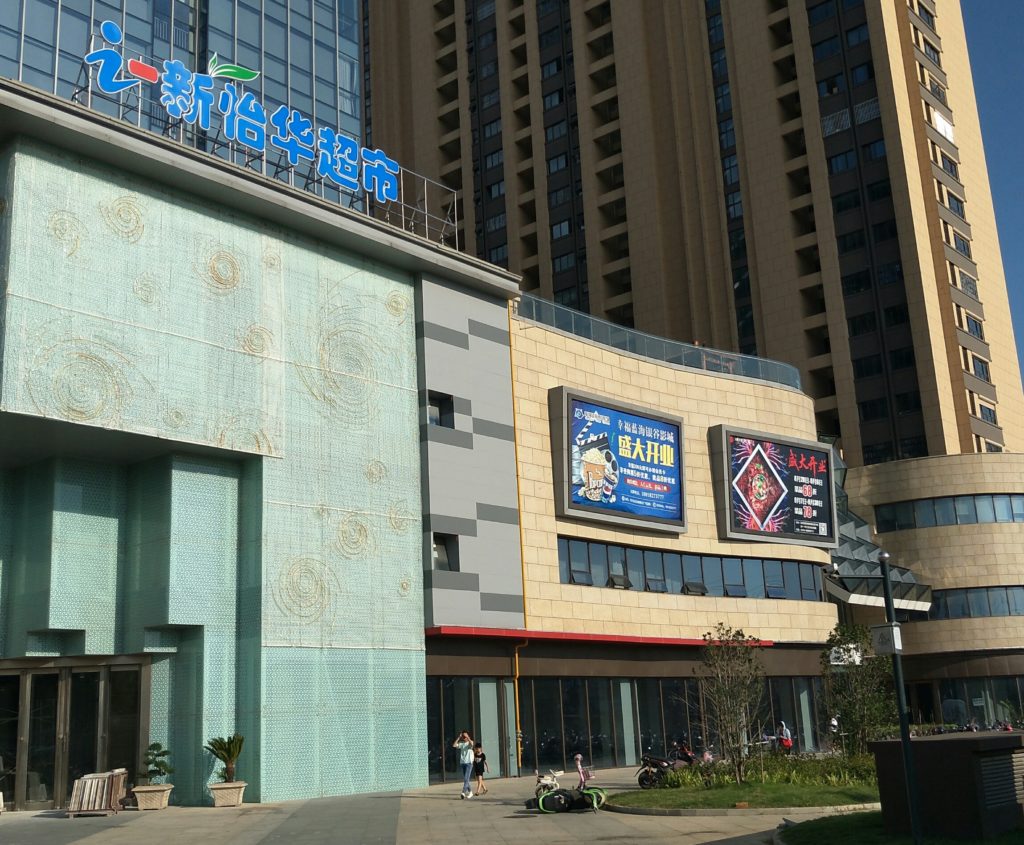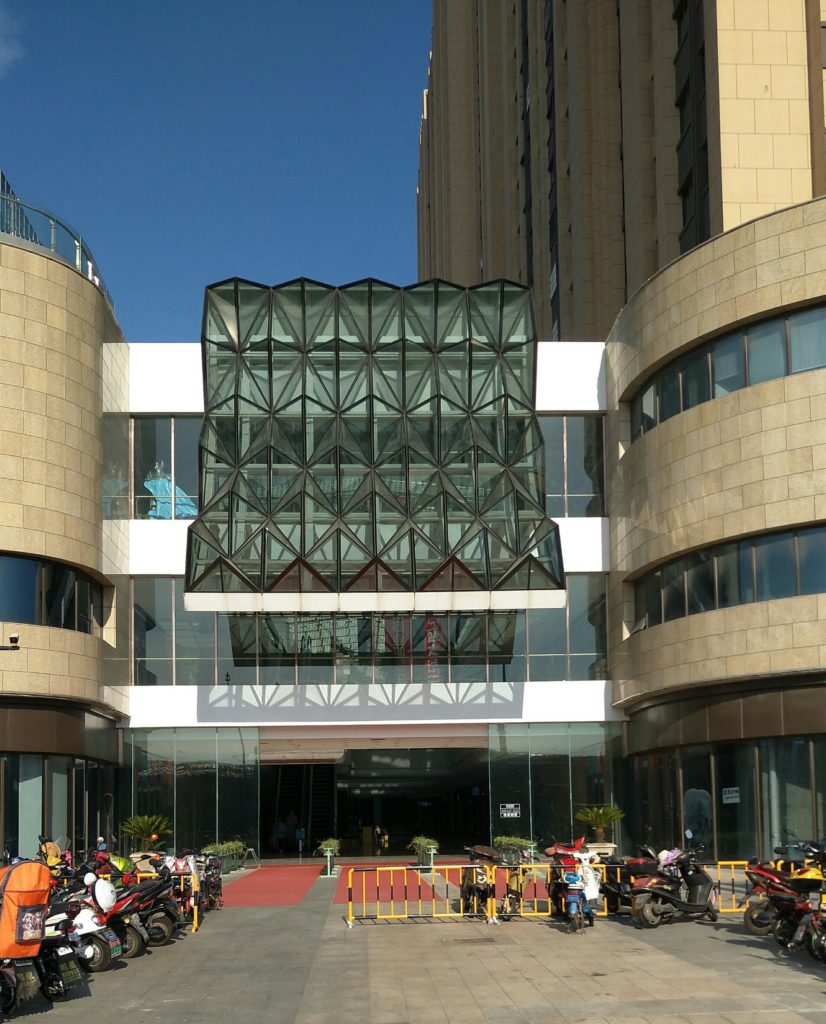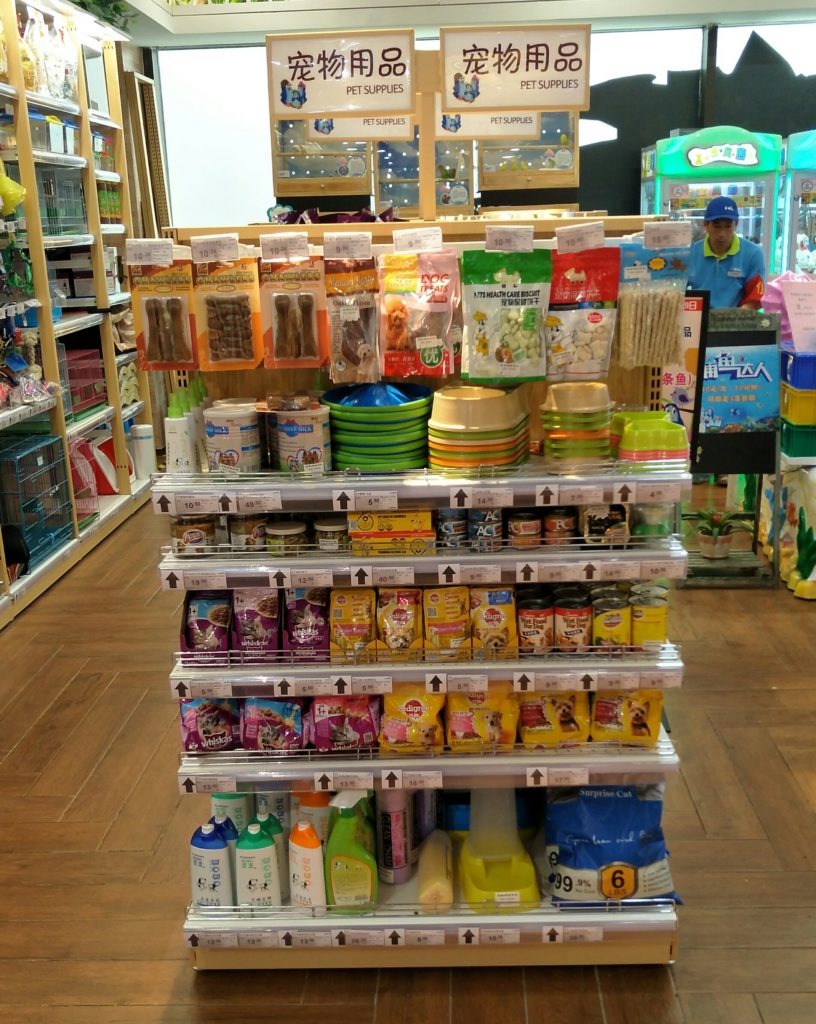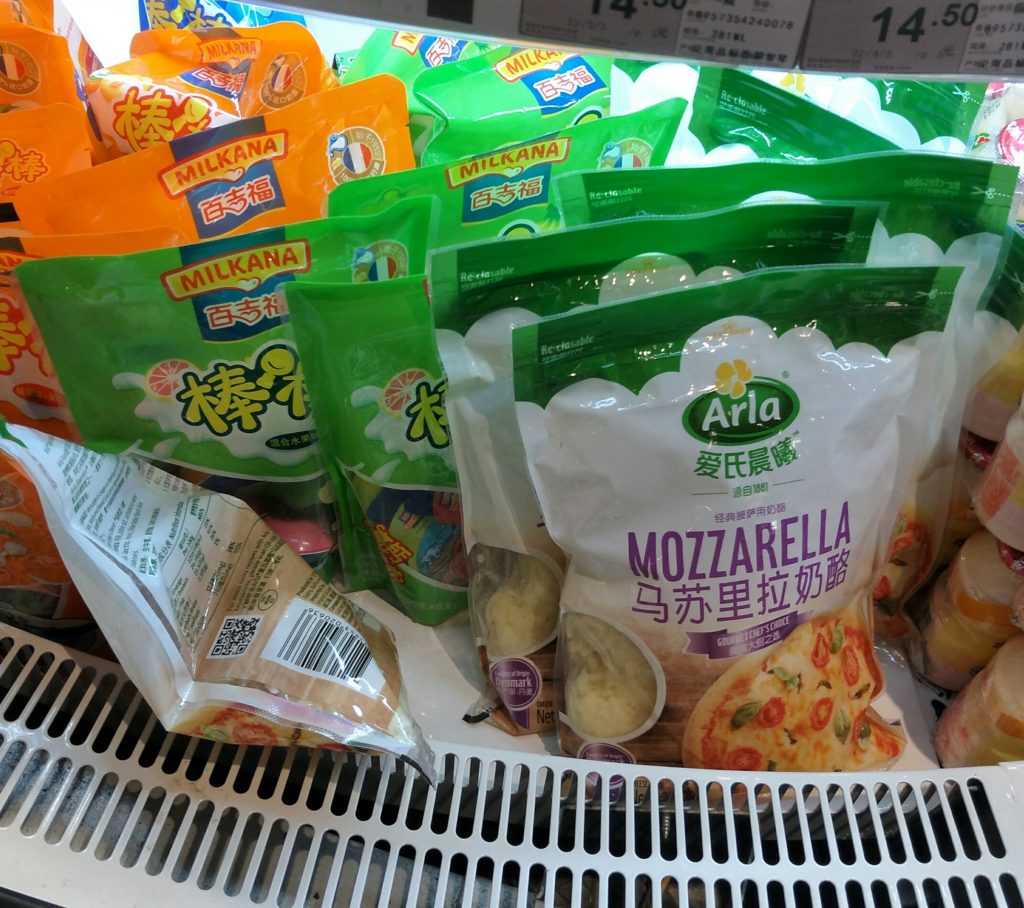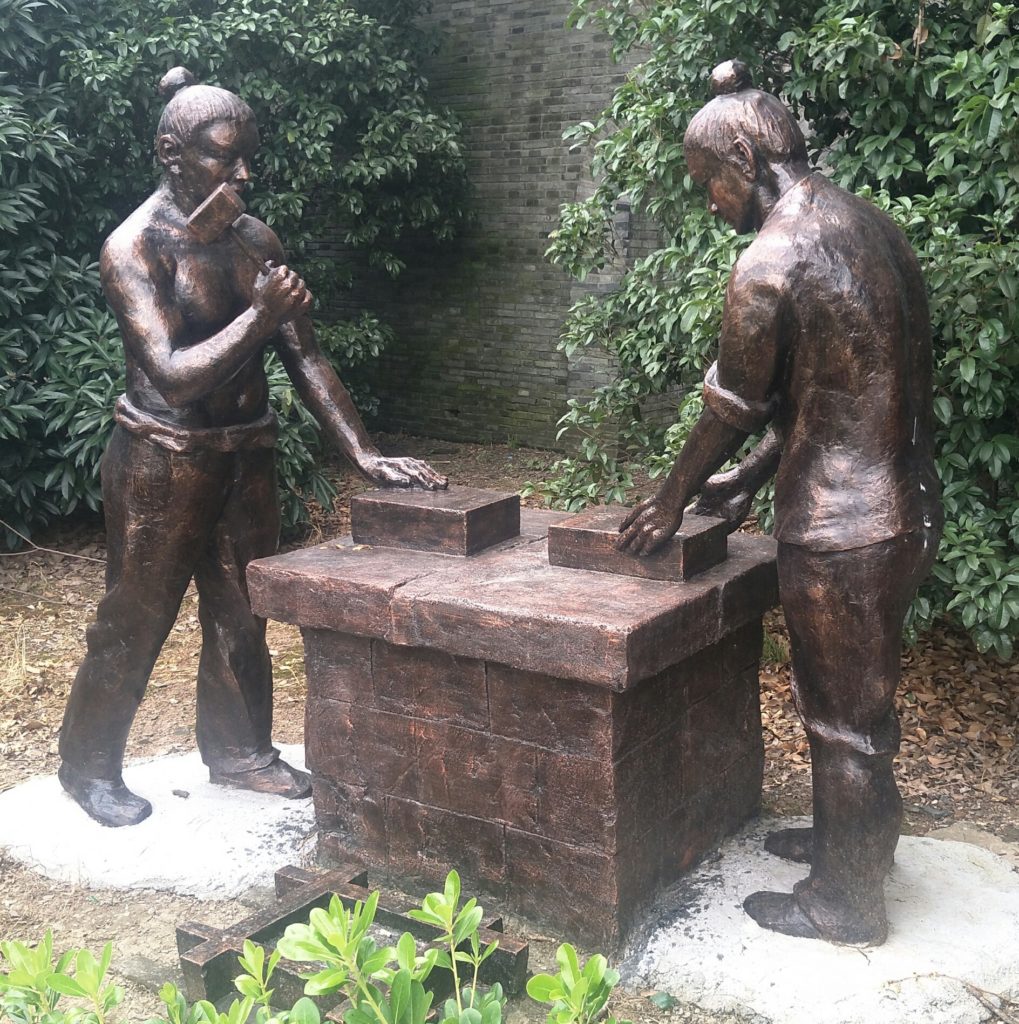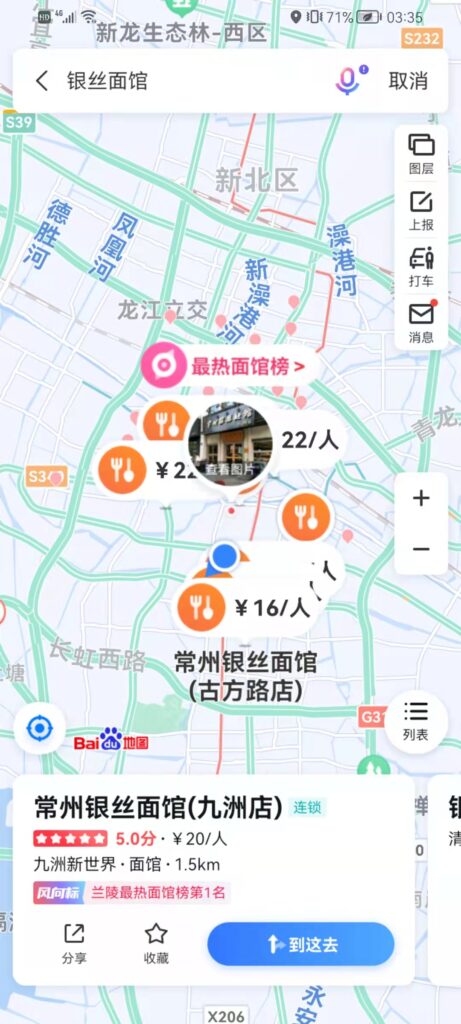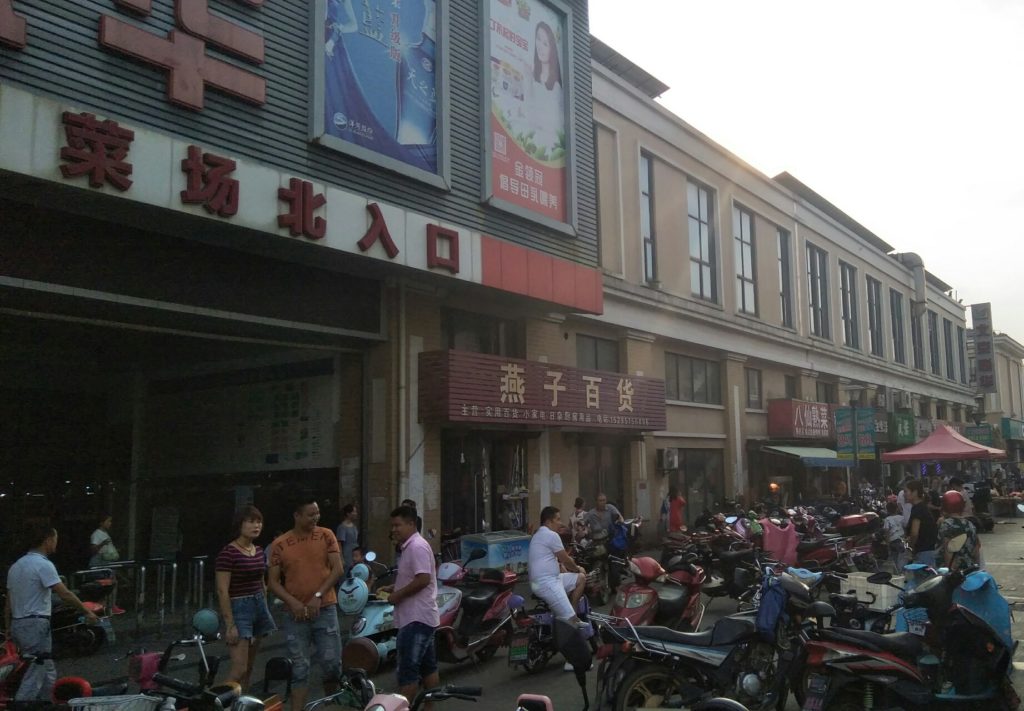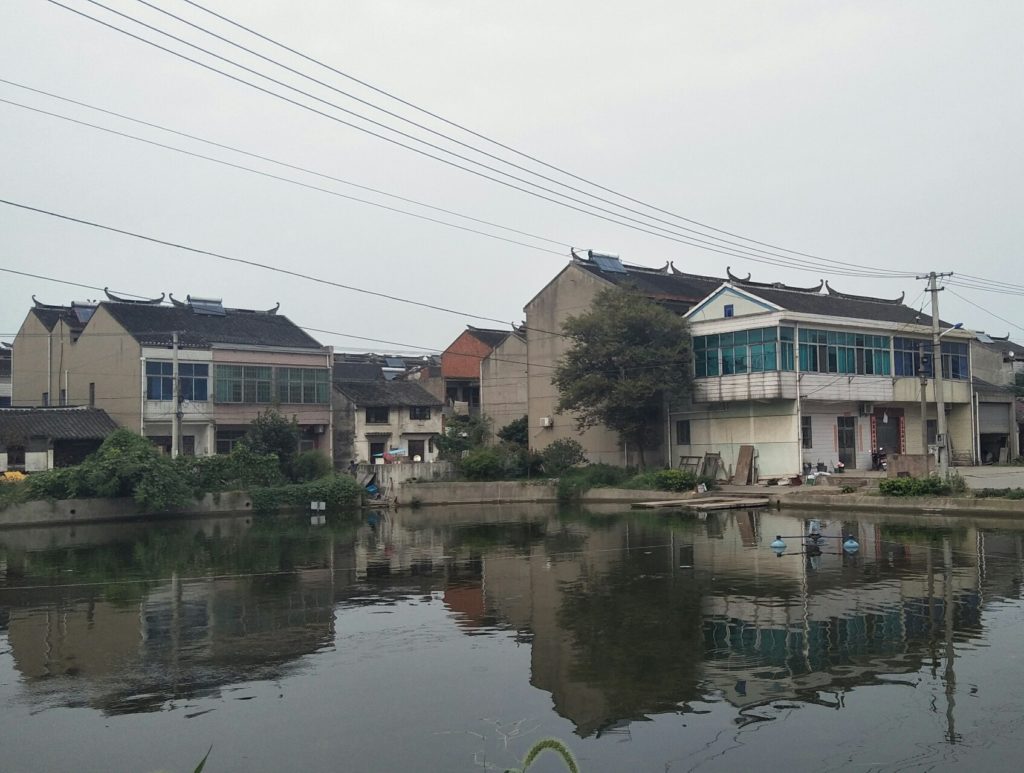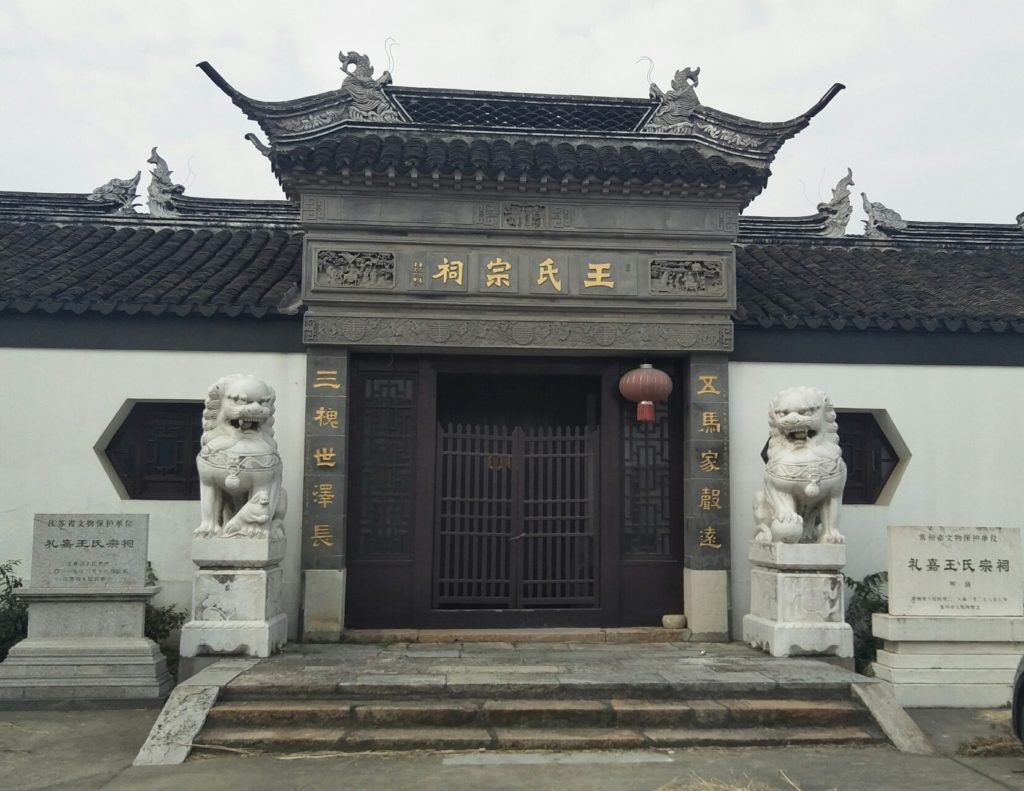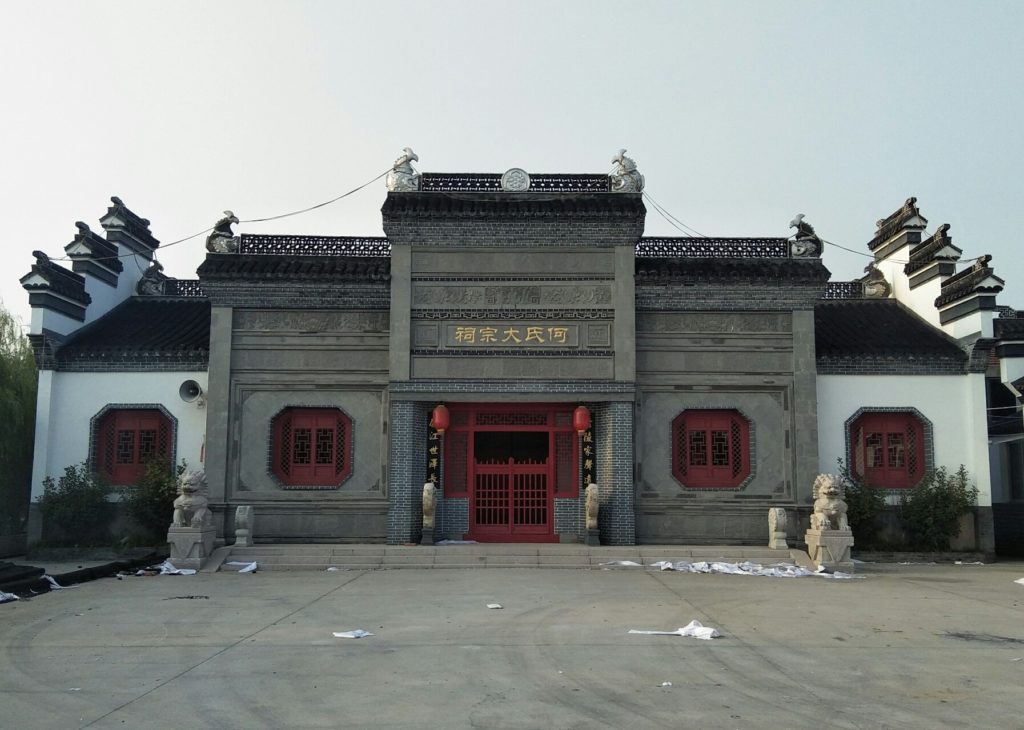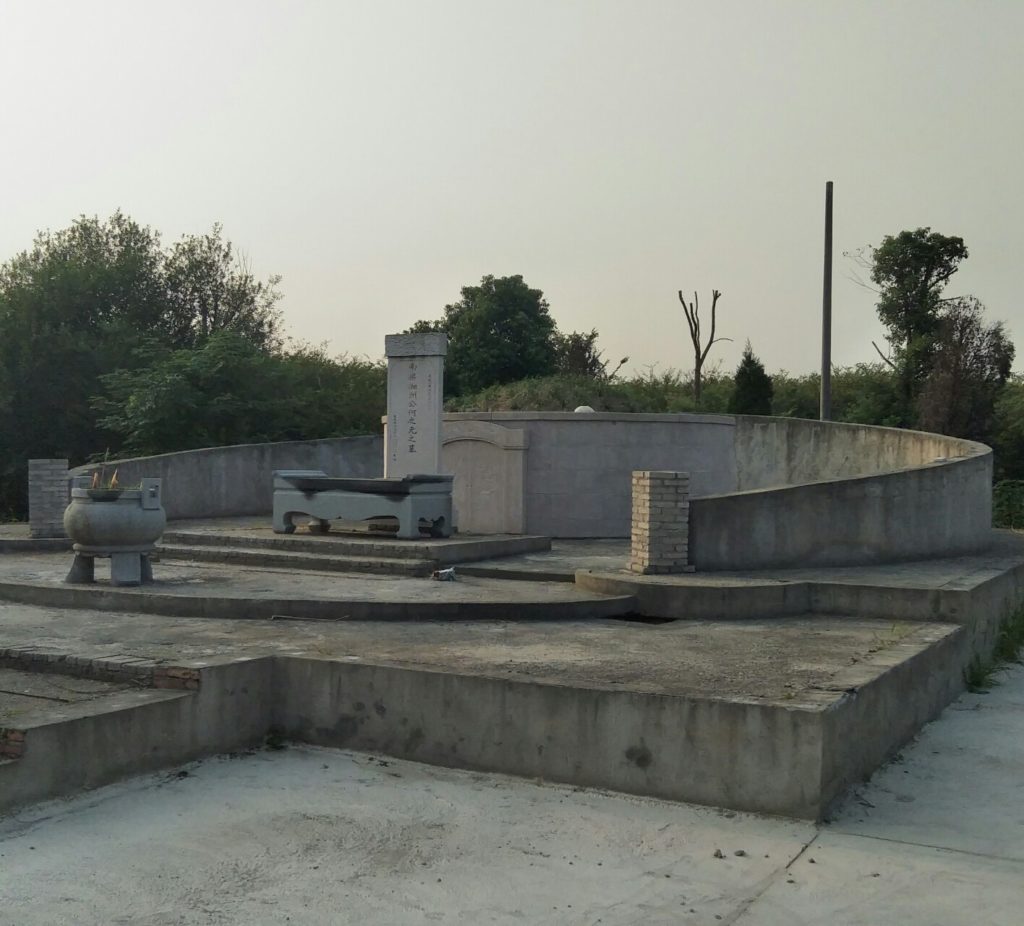This was originally published in 2016.
I found Rome a city of bricks and left it a city of marble.
–Augustus Caesar
Historians can argue wither Augustus Caesar was accurate or not with this claim. However, casual history buffs do know he rose to power after a period of war, instability, and political intrigue. Some people know this because they were forced to read Shakespeare in high school and college. Julius Caesar, Augustus’ uncle, had high political ambitions and got stabbed to death for it in the Roman senate. If you put the context of the above quote to one side for the moment, Augustus’ words makes me think Chinese urban planning, sometimes.This isn’t a case of random associations, either. I actually ran into a statue of Augustus in Xinbei.



At first, this seemed a bit random. This is inside a small housing complex very close to Hohai University and on Jinling Road.


Other than maybe the architecture, there is nothing remotely European about the place. Augustus is the only statue here. It seems like a non-sequitur if you zero in on the sculpture itself. If one steps back, however, there is a wider context. Changzhou and China in general seem to build things with non-Chinese themes all the time. Many expensive Chinese residential complexes sport European tropes in an attempt to look wealthy and suggest sophistication. Examples of this can be found all over the city — and also not that far from where I found Augustus.

Sometimes I wonder about Changzhou and the above Augustus Caesar quote. Changzhou, like many other cities across China, is a city of bricks. You see this in poorer neighborhoods here and places that has met the wrecking ball and are now temporary fields of rubble. Literally, piles of bricks waiting to be taken away so the land can be redeveloped into something more “modern” and “contemporary.” That is part of the “Chinese dream” I guess. Knock it all you want as over zealous urban planning, but deep down, this city wants to be one of marble.








